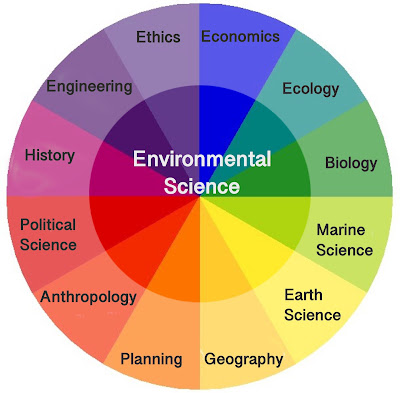Joined up thinking on a low emissions economy?

The Productivity Commission’s Draft Low Emissions Economy Report makes a very strong case that New Zealand will look and feel different in 2050, and we’ll be far better off with visionary planning and decisions. As someone who has worked on both climate change and water issues arising from our land use sector for almost two decades, I think the report correctly highlights the importance and value of joined up thinking (Box 7.3). What worries me is that the report’s many sensible recommendations only get us part way to the thinking that has to join up in our land-based industries, and in regulation coming from councils and central government.
In particular, how regulations make nutrient management and emissions reductions work together will matter to farmers. The report highlights that Overseer, a tool currently used to estimate nutrient losses to freshwater, can also be used to estimate emissions. But it doesn’t highlight the degree of overlap between emissions management and nutrient management. Almost all measures that reduce nitrous oxide emissions on farms will also change nitrate leaching. Similarly, in a typical soil, for every tonne or so of soil nitrogen accumulation or loss, there are 37 tonnes of carbon dioxide being removed or added to the atmosphere.
An electricity company, Trustpower, commented “We believe that these decisions have suffered from a lack of coordination and alignment across the national and local government agencies around New Zealand….” It may be that farmers and foresters are even more skeptical. They’re relatively small businesses, that will have to understand the intersections of emissions and water quality regulation, including legal issues and potentially different “obligation points”. This could be complex, and beyond the capability of individual enterprises.
Finding synergies for regulations across water and climate issues is one potential area for joined up thinking we’ve known about, and that Motu researchers have highlighted before. There are likely others areas still to be joined up within this detailed report. They’ll be fruitful avenues to discuss and pursue as the Productivity Commission looks to finalise this draft report later in the year.
There should be time during the submission period, through to June 8, to take a look at this and other opportunities for joined up thinking.

This work is licensed under a Creative Commons Attribution 4.0 International License.



Comments
Post a Comment